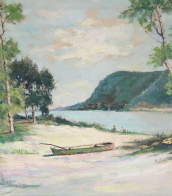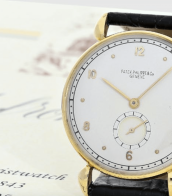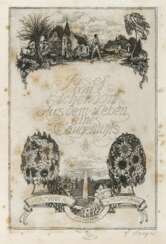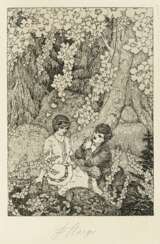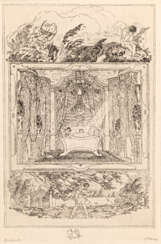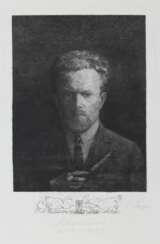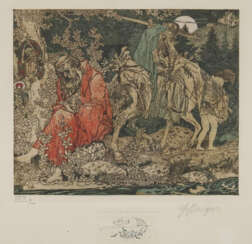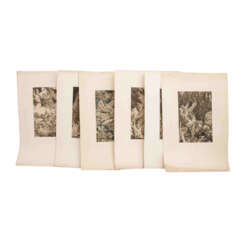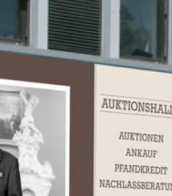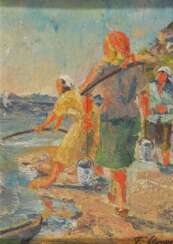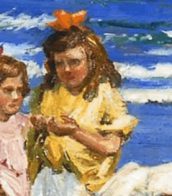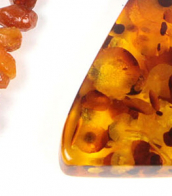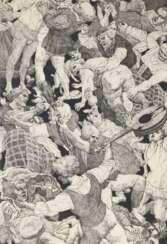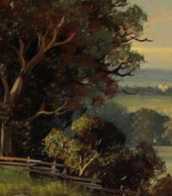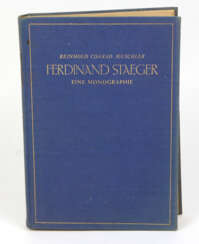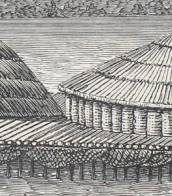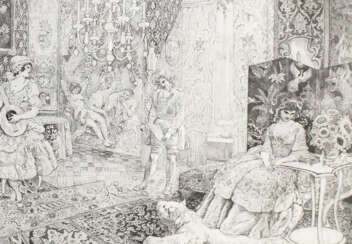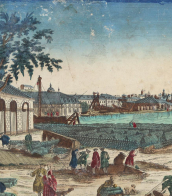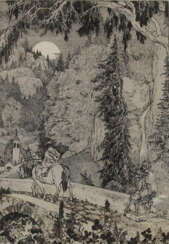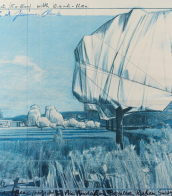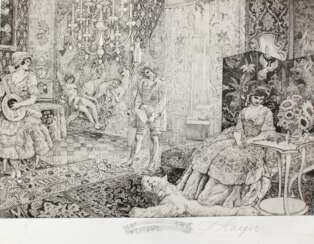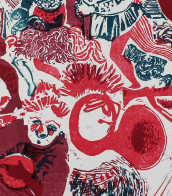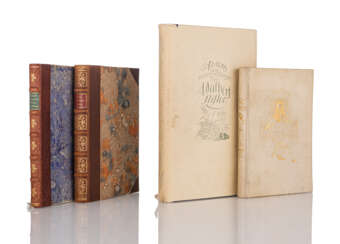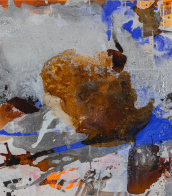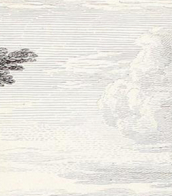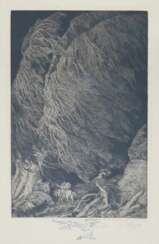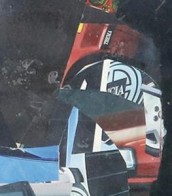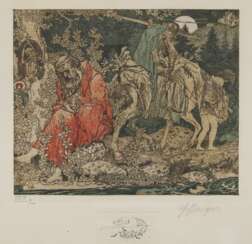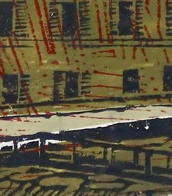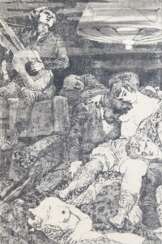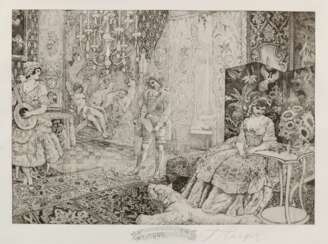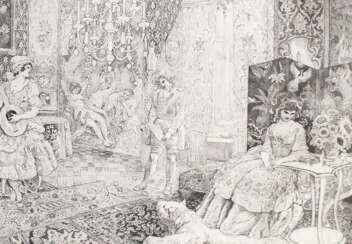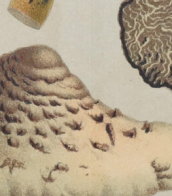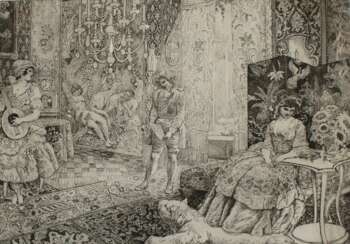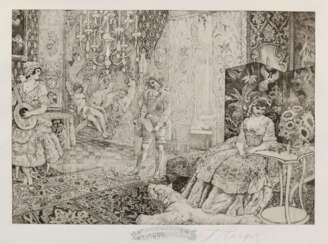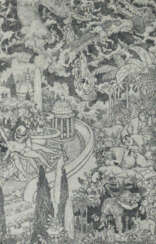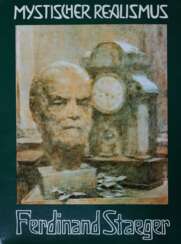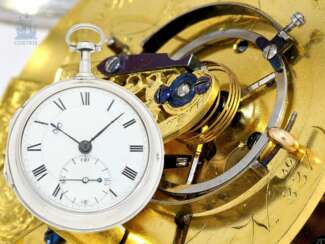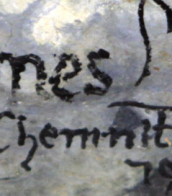staeger
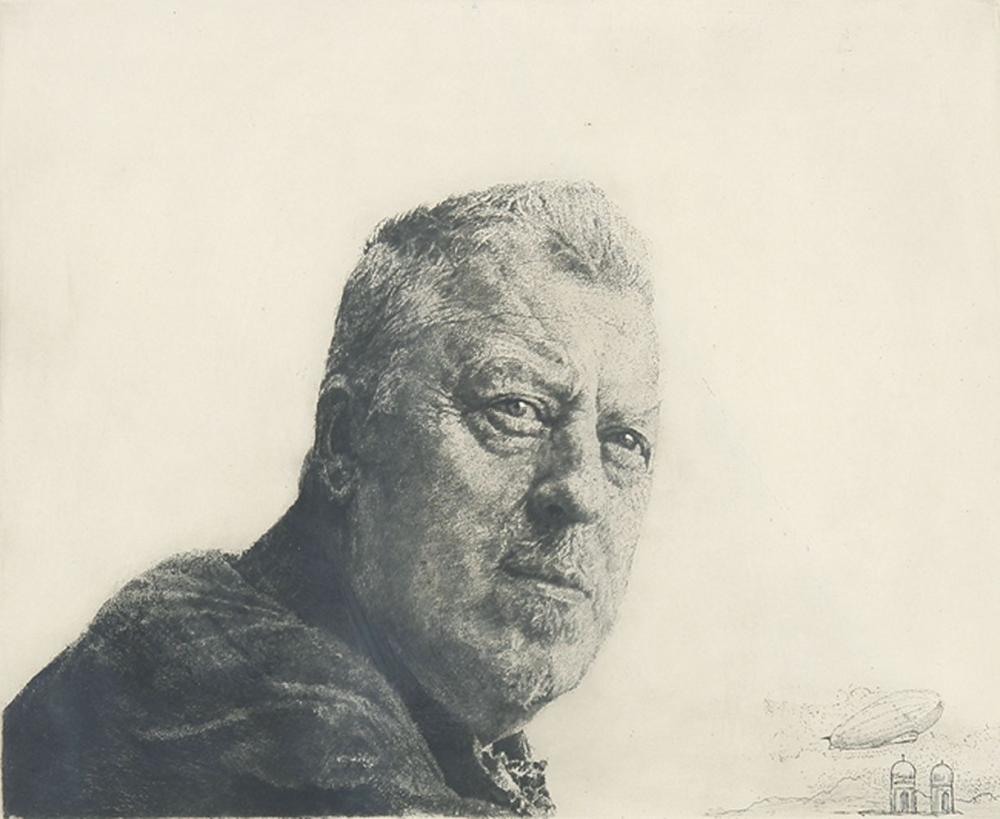
Ferdinand Staeger was a Czech-born German symbolist painter and graphic artist, illustrator and fabric designer.
Staeger studied at the School of Technical Design in Brno and then the School of Applied Arts in Prague, from 1908 he lived in Munich and collaborated with the magazine Jugend. He was a participant in the First World War, his war drawings are characterized by humanity. After the war he illustrated books by Gerhard Hauptmann, Josef von Eichendorff, Eduard Mörike and Adalbert Stifter with great success.
During the Third Reich, Staeger collaborated with the authorities by painting several propaganda pictures, for which he was awarded the title of professor. In 1943 he lost his home in Munich to Allied bombs and many works were lost.
After World War II, he painted in an impressionist style, creating paintings of mythical, mystical, symbolic and religious themes. Many works belong to the genre of "magic realism". Staeger is also known as a tapestry designer, master of etching and ex-libris, and was a member of the Association of German Artists. His wife Sidonie Springer (1878-1937) was also a painter and graphic artist.
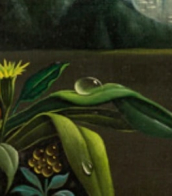

Ferdinand Staeger was a Czech-born German symbolist painter and graphic artist, illustrator and fabric designer.
Staeger studied at the School of Technical Design in Brno and then the School of Applied Arts in Prague, from 1908 he lived in Munich and collaborated with the magazine Jugend. He was a participant in the First World War, his war drawings are characterized by humanity. After the war he illustrated books by Gerhard Hauptmann, Josef von Eichendorff, Eduard Mörike and Adalbert Stifter with great success.
During the Third Reich, Staeger collaborated with the authorities by painting several propaganda pictures, for which he was awarded the title of professor. In 1943 he lost his home in Munich to Allied bombs and many works were lost.
After World War II, he painted in an impressionist style, creating paintings of mythical, mystical, symbolic and religious themes. Many works belong to the genre of "magic realism". Staeger is also known as a tapestry designer, master of etching and ex-libris, and was a member of the Association of German Artists. His wife Sidonie Springer (1878-1937) was also a painter and graphic artist.


Ferdinand Staeger was a Czech-born German symbolist painter and graphic artist, illustrator and fabric designer.
Staeger studied at the School of Technical Design in Brno and then the School of Applied Arts in Prague, from 1908 he lived in Munich and collaborated with the magazine Jugend. He was a participant in the First World War, his war drawings are characterized by humanity. After the war he illustrated books by Gerhard Hauptmann, Josef von Eichendorff, Eduard Mörike and Adalbert Stifter with great success.
During the Third Reich, Staeger collaborated with the authorities by painting several propaganda pictures, for which he was awarded the title of professor. In 1943 he lost his home in Munich to Allied bombs and many works were lost.
After World War II, he painted in an impressionist style, creating paintings of mythical, mystical, symbolic and religious themes. Many works belong to the genre of "magic realism". Staeger is also known as a tapestry designer, master of etching and ex-libris, and was a member of the Association of German Artists. His wife Sidonie Springer (1878-1937) was also a painter and graphic artist.


Ferdinand Staeger was a Czech-born German symbolist painter and graphic artist, illustrator and fabric designer.
Staeger studied at the School of Technical Design in Brno and then the School of Applied Arts in Prague, from 1908 he lived in Munich and collaborated with the magazine Jugend. He was a participant in the First World War, his war drawings are characterized by humanity. After the war he illustrated books by Gerhard Hauptmann, Josef von Eichendorff, Eduard Mörike and Adalbert Stifter with great success.
During the Third Reich, Staeger collaborated with the authorities by painting several propaganda pictures, for which he was awarded the title of professor. In 1943 he lost his home in Munich to Allied bombs and many works were lost.
After World War II, he painted in an impressionist style, creating paintings of mythical, mystical, symbolic and religious themes. Many works belong to the genre of "magic realism". Staeger is also known as a tapestry designer, master of etching and ex-libris, and was a member of the Association of German Artists. His wife Sidonie Springer (1878-1937) was also a painter and graphic artist.


Ferdinand Staeger was a Czech-born German symbolist painter and graphic artist, illustrator and fabric designer.
Staeger studied at the School of Technical Design in Brno and then the School of Applied Arts in Prague, from 1908 he lived in Munich and collaborated with the magazine Jugend. He was a participant in the First World War, his war drawings are characterized by humanity. After the war he illustrated books by Gerhard Hauptmann, Josef von Eichendorff, Eduard Mörike and Adalbert Stifter with great success.
During the Third Reich, Staeger collaborated with the authorities by painting several propaganda pictures, for which he was awarded the title of professor. In 1943 he lost his home in Munich to Allied bombs and many works were lost.
After World War II, he painted in an impressionist style, creating paintings of mythical, mystical, symbolic and religious themes. Many works belong to the genre of "magic realism". Staeger is also known as a tapestry designer, master of etching and ex-libris, and was a member of the Association of German Artists. His wife Sidonie Springer (1878-1937) was also a painter and graphic artist.


Ferdinand Staeger was a Czech-born German symbolist painter and graphic artist, illustrator and fabric designer.
Staeger studied at the School of Technical Design in Brno and then the School of Applied Arts in Prague, from 1908 he lived in Munich and collaborated with the magazine Jugend. He was a participant in the First World War, his war drawings are characterized by humanity. After the war he illustrated books by Gerhard Hauptmann, Josef von Eichendorff, Eduard Mörike and Adalbert Stifter with great success.
During the Third Reich, Staeger collaborated with the authorities by painting several propaganda pictures, for which he was awarded the title of professor. In 1943 he lost his home in Munich to Allied bombs and many works were lost.
After World War II, he painted in an impressionist style, creating paintings of mythical, mystical, symbolic and religious themes. Many works belong to the genre of "magic realism". Staeger is also known as a tapestry designer, master of etching and ex-libris, and was a member of the Association of German Artists. His wife Sidonie Springer (1878-1937) was also a painter and graphic artist.
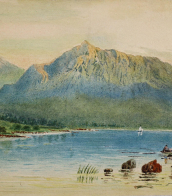

Ferdinand Staeger was a Czech-born German symbolist painter and graphic artist, illustrator and fabric designer.
Staeger studied at the School of Technical Design in Brno and then the School of Applied Arts in Prague, from 1908 he lived in Munich and collaborated with the magazine Jugend. He was a participant in the First World War, his war drawings are characterized by humanity. After the war he illustrated books by Gerhard Hauptmann, Josef von Eichendorff, Eduard Mörike and Adalbert Stifter with great success.
During the Third Reich, Staeger collaborated with the authorities by painting several propaganda pictures, for which he was awarded the title of professor. In 1943 he lost his home in Munich to Allied bombs and many works were lost.
After World War II, he painted in an impressionist style, creating paintings of mythical, mystical, symbolic and religious themes. Many works belong to the genre of "magic realism". Staeger is also known as a tapestry designer, master of etching and ex-libris, and was a member of the Association of German Artists. His wife Sidonie Springer (1878-1937) was also a painter and graphic artist.
